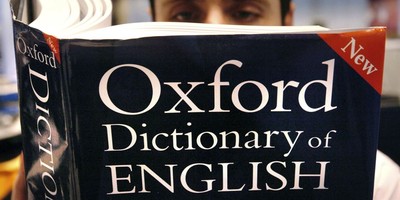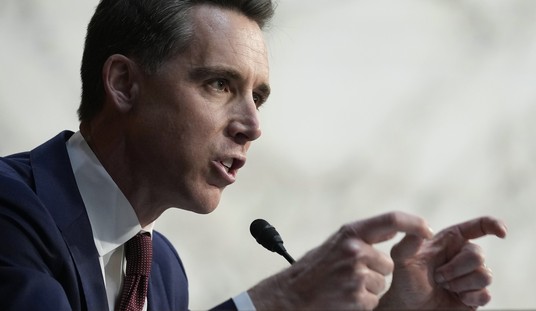There are two stories in this election: the President and the Tea Party. That a third party could so quickly emerge and share the political storyline with the President is indeed news. However, this is hardly the first time a third party has had an impact on American politics. What makes the Tea Party novel is that it is fundamentally different from any of the third parties of the last 100 years.
We tend to see America’s third parties as rare. What they really are is different. Third parties are the political versions of annuals. There are minor parties on every presidential ballot. However in most cases, their bloom is short and quickly forgotten. Occasionally, even the minor ones have a major impact – it is widely believed that Nader’s votes in Florida cost Al Gore the presidency in 2000.
They are not always minor though. In four of the last eleven presidential elections, thir parties garnered five percent or more the popular vote. In 1992 and 1996, Perot pulled in 18.9% and 8.5% of the popular vote, respectively. In 1980, Anderson received 6.6% of he popular vote and in 1968, Wallace pulled in 13.5%, even winning 46 electoral votes.
The most recent third parties largely have been to the Right of the party in power. The votes of three of the last four (1968, 1980, and 1992) have come at the expense of the party in power. On two of those occasions it cost the majority the election – in 1968 (the Democrats) and 1992 (Republicans). In 1996, it split the minority party’s vote, likely costing Republicans the election.
Third parties’ greatest impact of the last 100 years came with their most famous leader. In 1912, Theodore Roosevelt’s Progressive Party simultaneously eclipsed and split the majority Republican party’s vote, giving the presidency to Democrat Woodrow Wilson.
The one notable similarity in these significant third party campaigns, is that they all played the role of “spoiler.” They took votes from one of the two major parties, often tipping the election to the party whose vote they did not split.
Recommended
Third parties of the past have had an “outside” effect. By taking votes away from one party, they have de facto boosted the other. Today’s Tea Party is doing precisely the opposite.
Previous third parties have dissipated their impact in isolation. Only three times – 1912, 1924, and 1968, did they translate their popular votes into any of the crucial electoral votes actually needed to win the presidency. Only once, behind Teddy Roosevelt in 1912, did they finish ahead of one of the two major parties. And even then, by the next election, they did not field a candidate. Their independence diminished their influence and eliminated their staying power.
In contrast, today’s Tea Party is having an “inside” effect. By acting through the Republican party, the Tea Party appears to be compounding its power. It has pursued election of its candidates through Republican primaries. In turn Republicans, to a large degree, appear to be supporting the Tea Party winners of those primaries.
The effect of the Tea Party has thus far been expressed in primary elections. These are much smaller fields than that it will play on next Tuesday. It is one thing to be a big fish in a small pond, quite another to be big in the big pond.
Can the Tea Party have as big an impact in a broader election? Something is unquestionably afoot in the electorate. The disparity between Republicans and Democrats in primary voting participation and enthusiasm levels, and the polls of many races nationwide, all evidence it. Are these the effect of the Tea Party, or is it merely the midterm doldrums that affect all Administrations?
The Tea Party has emerged as a major political story in less than two years. It is still to be determined if it will also be a major political force. Will it last beyond the midterm elections? Will it remain within the Republican party or, as its predecessors have, seek its own path?
The Tea Party embraces an iconoclastic agenda. Whether the agenda can win, much less be implemented, remains to be seen. However the Tea Party has already had an iconoclastic impact on third party politics. It has taken third parties from being spoilers to seeking to be kingmakers. It now only awaits a Tuesday coronation to lay formal claim to that title.

























Join the conversation as a VIP Member